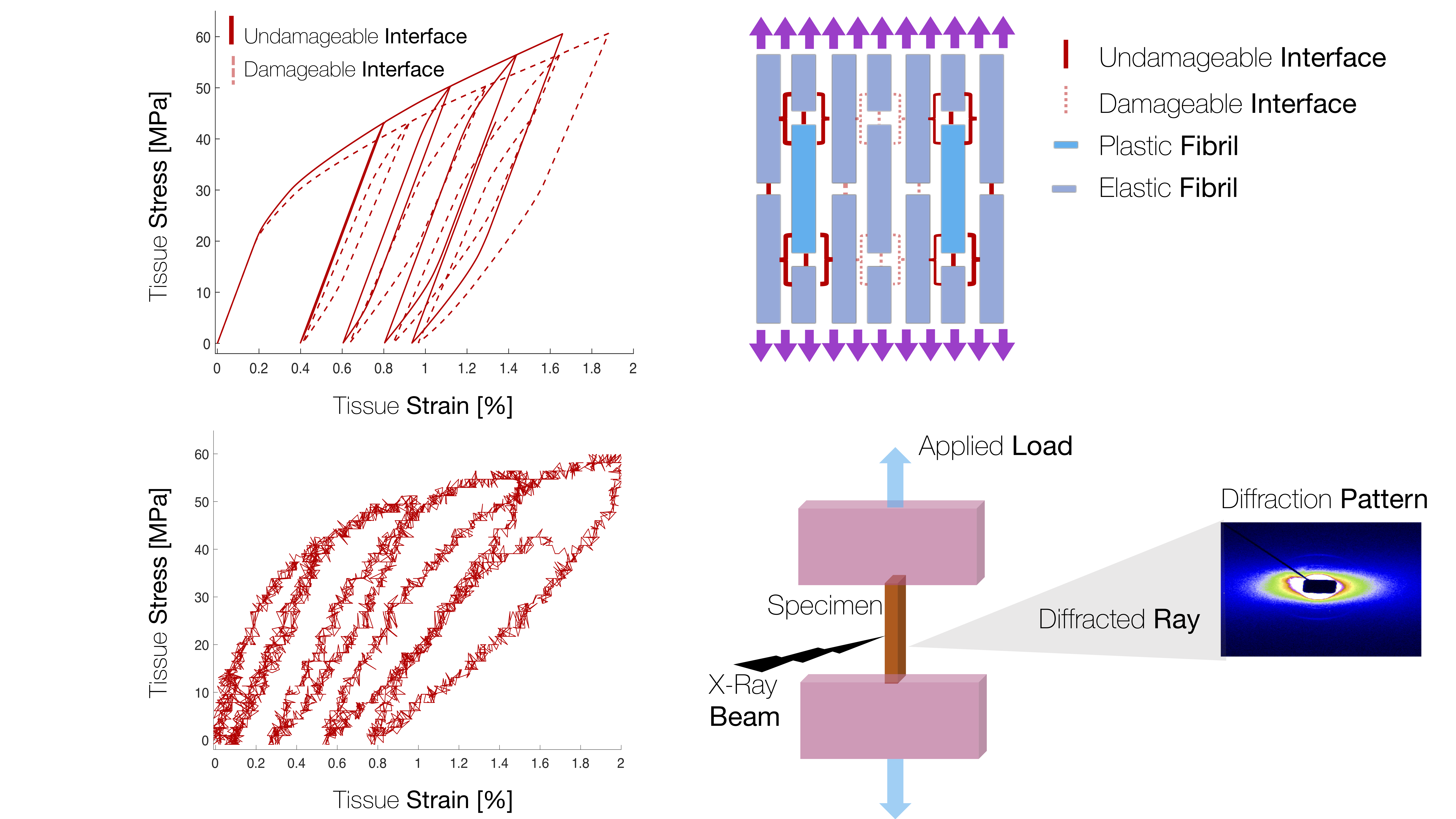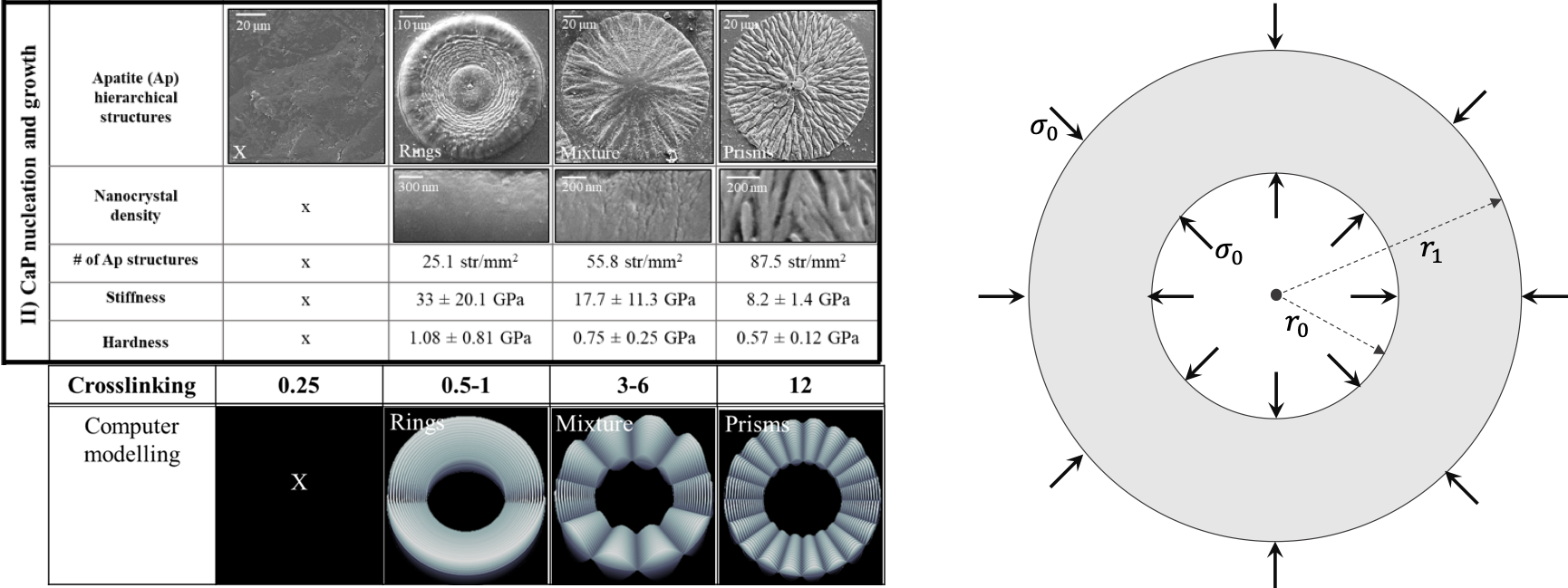Members
Ettore Barbieri

Senior Scientist
Japan Agency for Marine-Earth Science and Technology
Center for Mathematical Science and Advanced Technology
Computational Science and Engineering Group
3173-25, Showa-machi, Kanazawa-ku, Yokohama-city, Kanagawa, 236-0001, Japan
e.barbieri Google Scholar
Google Scholar
Short CV
My primary field of research is Theoretical and Computational Mechanobiology.
I develop mathematical models aimed at understanding the fundamental nonlinear mechanisms behind the mechanical behaviour of biological soft and mineralised (hard) tissues.
Examples of mechanisms include hierarchy, large deformations, fracture, viscoelasticity, hysteresis, plasticity and folding.
For a full and updated list of my publications, please refer to my Google Scholar profile.
Employment
| 2017.10 - 2019.4 | Senior Scientist at the JAMSTEC Center for Mathematical Science and Advanced Technology (MAT) |
| 2017.10 - 2019.4 | Scientist at the JAMSTEC Department of Mathematical Science and Advanced Technology (MAT) |
| 2017.10 - 2020.12 | Honorary Senior Lecturer (Associate Professor) School of Engineering and Materials Science (SEMS) Queen Mary University of London, UK |
| 2013.5 - 2017.9 | Lecturer (Assistant Professor) School of Engineering and Materials Science (SEMS) Queen Mary University of London, UK |
| 2010.3 - 2013.4 | Postdoctoral Research Associate Department of Engineering Science University of Oxford, UK |
| 2006.2 - 2007.2 | Research Assistant Department of Aerospace Engineering Università degli Studi di Napoli Federico II, Napoli, Italy |
Education
| 2010.3 - 2007.3 | PhD in Mechanical Engineering University of Bath, UK |
| 2000.10 - 2006.2 | Master in Aerospace Engineering (5-year degree) Università degli Studi di Napoli Federico II, Napoli, Italy |
Research Topics
- Energy Absorption in Cyclically Loaded Antler Bone
- A key characteristic of the high energy absorption of antler bone is the large hysteresis during cyclic loading, but its origin remains unknown. In situ synchrotron X-ray diffraction tests during tensile loading of antler bone showed heterogeneous fibrillar deformation and hysteresis. To explain the origin of these mechanisms from the nanostructure of antler bone, we developed finite-element fibril models whose predictions are compared to experimental data across a range of potential composite architectures. We demonstrated that the key structural motif enabling a match to experimental data is an axially staggered arrangement of stiff mineralized collagen fibrils coupled with weak, damageable interfibrillar interfaces. Figure by P. De Falco (Max Planck Institute of Colloids and Interfaces). This work appeared in several media outlets like phys.org, FoxNews, EurekAlert!, ScienceDaily.

- Impact Resistance of Crustacean Shells
- Stomatopod cuticle at the nanoscale consists of mineralised chitin fibres and calcified protein matrix, which form (at the microscale) plywood (Bouligand) layers with interpenetrating pore-canal fibres. My colleague Dr Gupta (from Queen Mary University of London) used sophisticated synchrotron X-ray diffraction to visualise, for the first time, the Bouligand structure during the deformation. Using a mathematical model known as the laminate theory for orthotropic thin plates, we were able to quantify how much the chitin fibres reorient and align with the loading direction, to better withstand the load.

- Growth of Hierarchical Mineralized Structures
- Using a model for wrinkling in thin annular circular plates, we were able to explain the morphologies of hierarchical mineralised structures. The main finding of this work (published in Nature Communications) was the realisation of synthetic biomaterials similar to tooth enamel. The structures are obtained using a protein that triggers the growth of the crystals. This work appeared in several media outlets like Sky News, Telegraph, and YouTube.

Publications
Selected Publications (Peer-Reviewed)
-
“Protein disorder–order interplay to guide the growth of hierarchical mineralized structures”
S Elsharkawy, M Al-Jawad, M F Pantano, E Tejeda-Montes, K Mehta, H Jamal, S Agarwal, K Shuturminska, A Rice, N V Tarakina, R M Wilson, A J Bushby, M Alonso, J C Rodriguez-Cabello, E Barbieri, A del Río Hernández, M M Stevens, N M Pugno, P Anderson, A Mata
Nature Communications 1 (9), 2145 2018 -
“Bone matrix development in steroid-induced osteoporosis is associated with a consistently reduced fibrillar stiffness linked to altered bone mineral quality”
L Xi, P De Falco, E Barbieri, A Karunaratne, L Bentley, CT Esapa, NJ Terrill, SDM Brown, RD Cox, GR Davis, NM Pugno, RV Thakker, HS Gupta
Acta Biomaterialia 76, 295-307 2018 -
“Towards in situ determination of 3D strain and reorientation in the interpenetrating nanofibre networks of cuticle”
Y Zhang, P De Falco, Y Wang, E Barbieri, O Paris, NJ Terrill, G Falkenberg, NM Pugno, HS Gupta
Nanoscale 9 (31), 11249-11260 2017 -
“Staggered Fibrils and Damageable Interfaces Lead Concurrently and Independently to Hysteretic Energy Absorption and Inhomogeneous Strain Fields in Cyclically Loaded Antler Bone”
P De Falco, E Barbieri, N Pugno, HS Gupta
ACS Biomaterials Science & Engineering 2017
